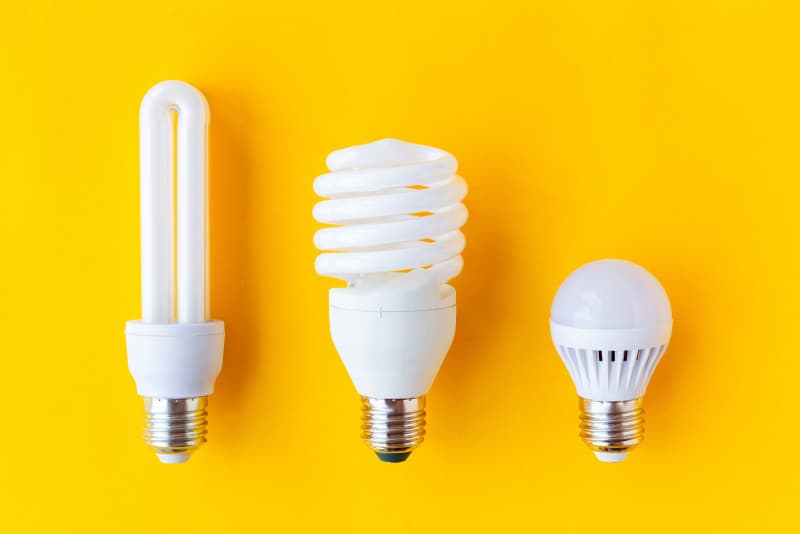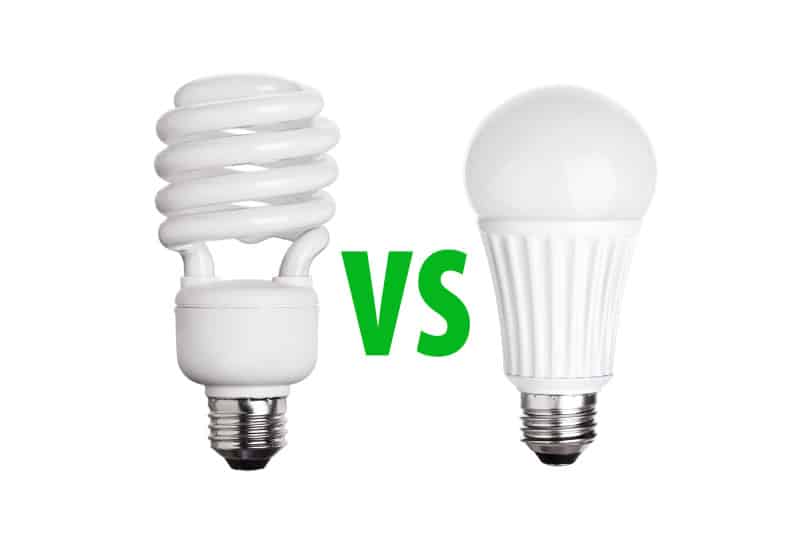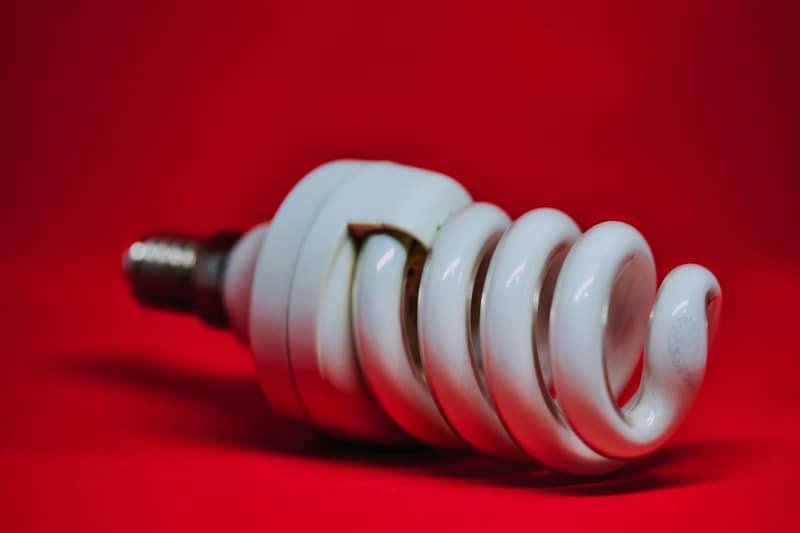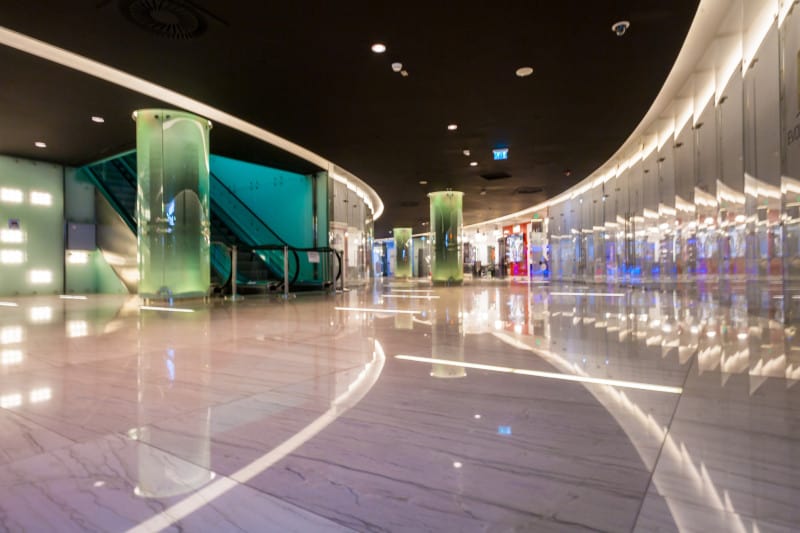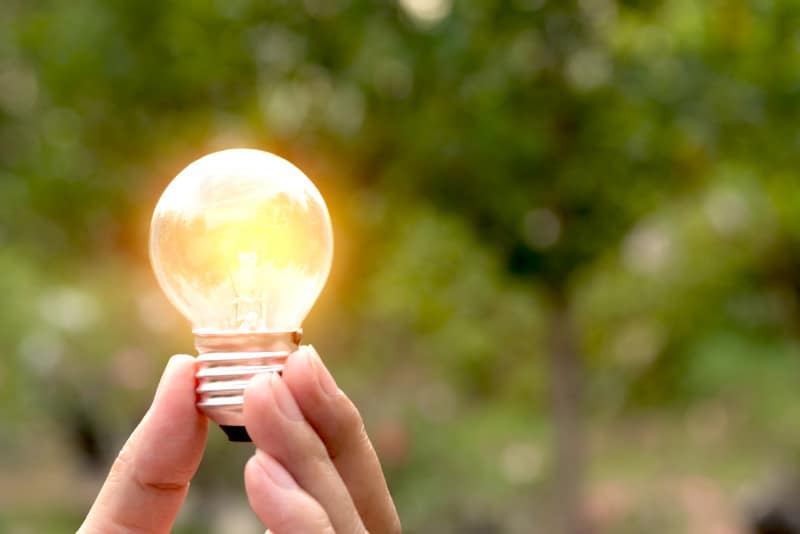Energy-saving light bulbs have become increasingly popular in recent years as people seek to reduce their carbon footprint and save money on their energy bills.
These bulbs are designed to use less energy than traditional incandescent bulbs, which convert most of their energy into heat rather than light.
Energy-saving bulbs, on the other hand, use a different technology that produces the same amount of light while using significantly less energy.
In this article, we will explain the different types of energy-saving light bulbs, how they work, and their benefits compared to traditional bulbs.
We will also address some common misconceptions about energy-saving bulbs and provide tips on how to choose the right bulbs for your home or office.
By the end of this article, you will have a better understanding of how energy-saving light bulbs can help you save money and reduce your impact on the environment.
What Are The Benefits Of Energy Saving Light Bulbs?
The benefits of energy saving light bulbs are almost too good to be true!
With their lighting efficiency and cost-savings, they can revolutionize the way you use electricity.
Not only that but their environmental impact is undeniable; switching to green lighting will help us all take a huge step towards a more sustainable future.
When it comes to energy-saving benefits, LED lights have been shown time and time again to be far superior when compared with traditional incandescent bulbs.
They use up to 80% less energy than standard bulbs while still producing an equivalent amount of light – meaning savings on your bills each month!
On top of this, LED bulbs last much longer so you don’t need to keep replacing them as often, leading to further cost reductions in the long run.
Transitioning away from old forms of lighting also has ecological implications.
By using LEDs we reduce our carbon footprint significantly by cutting down on unnecessary emissions and waste associated with conventional bulb production and disposal processes.
These simple changes make a big difference for the environment – just imagine how much brighter our world would be if we all adopted green lighting practices!
Different Types of Energy Saving Light Bulbs
When it comes to energy saving light bulbs, there are three main types: LED (Light Emitting Diode), CFL (Compact Fluorescent Lamp), and Halogen.
Let’s take a closer look at each of them…
LED (Light Emitting Diode) Bulbs
LED bulbs are one of the most popular choices to save energy.
They are highly efficient and can last up to 25 times longer than traditional incandescent bulbs.
LED bulbs work by passing a current through a semiconductor material, which emits light.
They consume very little energy and produce very little heat, making them an ideal choice for energy-efficient lighting.
LED bulbs can also be dimmed and come in a variety of shapes and sizes, making them versatile for use in different types of fixtures.
They’re the most energy-efficient of the three types of bulbs discussed, consuming up to 80% less energy than traditional incandescent bulbs.
CFL (Compact Florescent Lamp) Bulbs
CFL bulbs work by passing an electric current through a gas-filled tube, which then emits ultraviolet light.
This ultraviolet light is converted into visible light by a phosphor coating on the inside of the tube.
CFL bulbs are highly efficient, consuming up to 75% less energy than traditional incandescent bulbs, and they can last up to 10 times longer.
However, they do contain a small amount of mercury, which can be harmful to the environment if not disposed of properly.
Halogen Bulbs
Halogen bulbs are a type of incandescent bulb that uses a halogen gas to increase efficiency.
They work by passing an electric current through a filament, which heats up and emits light.
Halogen bulbs are more efficient than traditional incandescent bulbs, consuming up to 30% less energy, but they are not as efficient as LED or CFL bulbs.
They also produce a lot of heat, which can make them unsuitable for certain applications.
Pros And Cons Of Energy Saving Light Bulbs
There are many advantages to energy saving light bulbs, and it’s easy to see why they’re becoming increasingly popular.
One of the main advantages of energy-saving light bulbs is that they are much more efficient than traditional bulbs.
LED and CFL bulbs, for example, can consume up to 80% less energy than incandescent bulbs, resulting in significant energy savings and lower electricity bills.
They usually much longer, with LED bulbs having a lifespan of up to 25 times longer than traditional bulbs.
This means that energy-saving bulbs not only help reduce energy consumption but also save you money in the long run.
Another benefit of energy-saving light bulbs is their positive impact on the environment.
By consuming less energy, they help reduce the amount of greenhouse gases emitted into the atmosphere.
Some are made from recyclable materials, making them more eco-friendly than traditional bulbs.
However, energy-saving light bulbs also have some drawbacks.
For example, they can be more expensive to purchase initially compared to traditional bulbs.
CFL bulbs do contain a small amount of mercury, which can be harmful to the environment if not disposed of properly.
Common Misconceptions About Energy-Saving Bulbs
Despite the many benefits of energy-saving bulbs, there are still some common misconceptions that persist about these types of lighting.
One of the most prevalent misconceptions is that energy-saving bulbs are not as bright as traditional incandescent bulbs.
While it is true that some early energy-saving bulbs had a lower brightness level, modern LED and CFL bulbs are just as bright as incandescent bulbs, if not brighter.
In fact, energy-saving bulbs can produce the same amount of light while using significantly less energy.
Another misconception about energy-saving bulbs is that they take a long time to warm up and reach their full brightness.
While some of the early models did have a warm-up time, most modern energy-saving bulbs turn on instantly and reach their full brightness in a matter of seconds.
Conclusion
Energy saving light bulbs offer a lot of benefits to their users, from lower energy bills to better quality lighting.
Not only do they reduce your carbon footprint, but they also last longer than traditional incandescent or halogen bulbs.
With new LED technology on the rise, there are now even more options for those looking to save on energy costs while still enjoying high-quality lighting in their home or business.
Overall, investing in energy saving light bulbs makes sense both financially and environmentally speaking.

